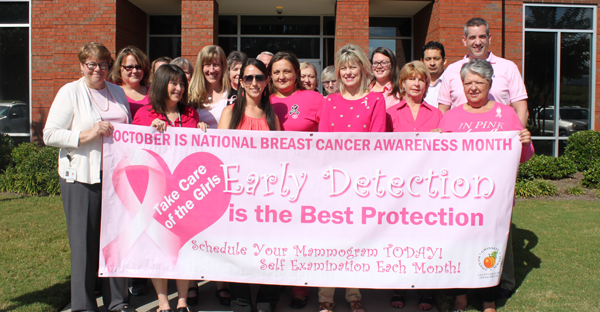Let’s face it – nobody likes getting shots. But a shot lasts a second; diseases last much longer.
Beginning this year, there is a new Georgia Department of Public Health rule that all students born on or after January 1, 2002 entering or transferring into seventh grade and any “new entrant” into 8th-12th grades in Georgia need proof of an adolescent pertussis (whooping cough) booster vaccination (called “Tdap”) AND an adolescent meningococcal vaccination (MCV4). This law affects all public and private schools including, but not limited to charter schools, community schools, juvenile court schools and other alternative school settings (excluding homeschool).
In an effort to protect every adult and child and raise awareness of the new immunization requirements, the Georgia Department of Public Health established Preteen Vaccine Awareness Week – June 23-27 – to serve as a reminder for parents to talk with their preteens and teens about getting immunized against vaccine-preventable diseases.
“As kids get older, the protection they received from vaccines received in childhood lessens. So preteens and teens need a booster shot known as Tdap,” said Dr. Lloyd Hofer, Gwinnett, Newton and Rockdale County Health Director. “By immunizing our children, we’re not only protecting them now against vaccine-preventable diseases, but also protecting their future.”
Vaccines are the best defense we have against serious, preventable and sometimes deadly contagious diseases. They help avoid expensive therapies and hospitalization needed to treat infectious diseases like influenza and meningitis. Immunizations also reduce absences both at school and after school activities, and decrease the spread of illness at home, school and the community.
The CDC recommends the following vaccines for teens and preteens:
- Tetanus, Diphtheria and Pertussis (Tdap)
- Influenza (flu)
- Human Papillomavirus (HPV) – three doses
- Meningococcal Disease (MCV4)
For More Information



